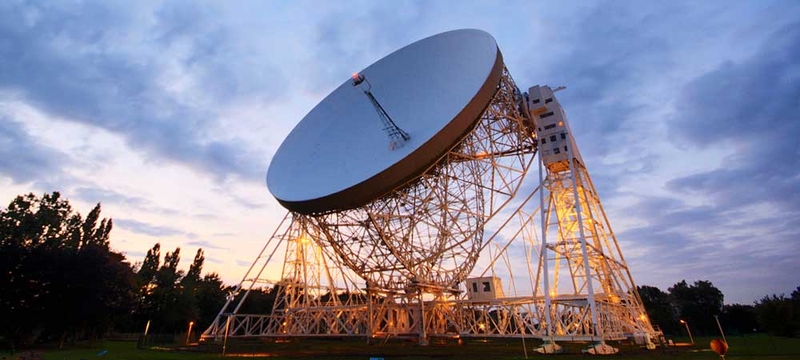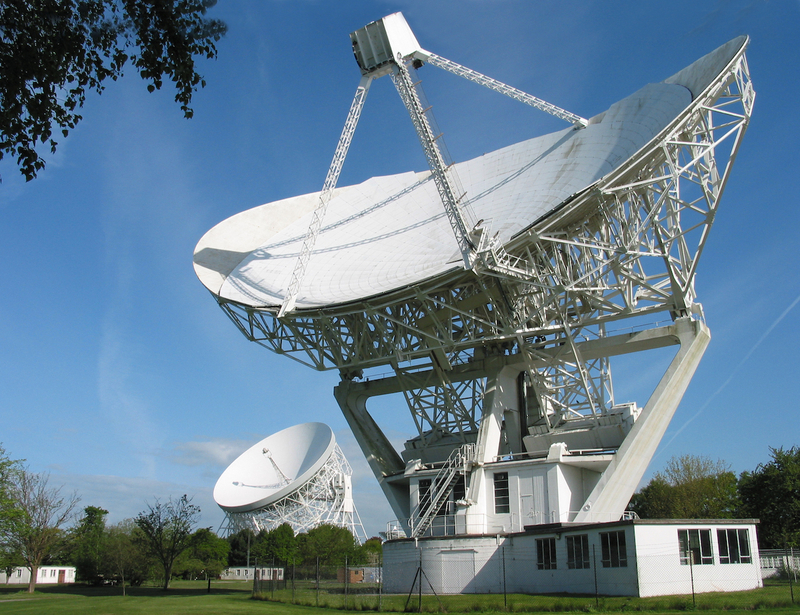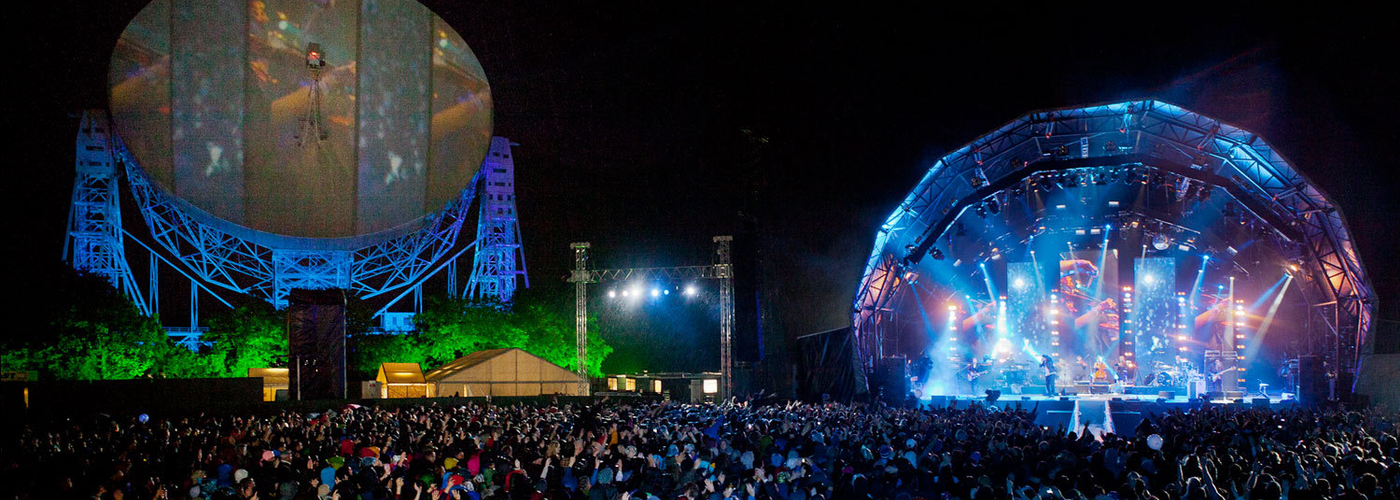The Cheshire observatory shares its honour with sites like Taj Mahal and the Great Wall of China
It’s been a long wait for Jodrell Bank, which submitted its UNESCO World Heritage bid back in January 2018. But the suspense was worthwhile, as it’s finally been announced the bid was successful.
Today’s announcement will make sure that this remarkable site will continues to inspire young scientists and astronomers all over the world
The observatory becomes the 32nd UNESCO World Heritage Site in the UK and joins the prestigious list alongside international sites such as Machu Picchu, the Great Wall of China and the Taj Mahal.
Jodrell Bank, owned by The University of Manchester, is famous as the home of the Grade I listed Lovell Telescope; the world’s third largest steerable radio telescope. Completed in 1957, the dish was the largest of its kind anywhere in the world until 1973 and was the catalyst for the construction of many other large-scale satellite dishes. Its first role was tracking the Soviet Union’s Sputnik, the world’s first artificial satellite.

Today, Jodrell Bank operates the UK’s national e-MERLIN radio telescope and hosts the global headquarters of the Square Kilometre Array: a radio telescope project that will build the world’s largest telescope via a network of instruments in South Africa and Australia.
The site also plays a pivotal part in astronomical education, welcoming over 185,000 visitors - including 26,000 school pupils - to its Discovery Centre annually. It’s also home to the award-winning bluedot festival; whose unusual blend of science, art and music has seen it become a summer staple since launching in 2016.
In 2017, the Cheshire site was given increased recognition in the National Heritage List for England: its Mark II Telescope joined the Lovell Telescope in being listed at Grade I, the highest form of protection, with a further five buildings listed at Grade II.

The UNESCO World Heritage honour is in recognition of Jodrell Bank’s outstanding scientific heritage - including its pioneering role in the development of radio astronomy and work in tracking spacecraft in the early space race, and its research into quasars, pulsars and gravitational lenses. The site has evidence of every stage of the history of radio astronomy, from its emergence as a new science in the 1940s through to the present day.
Teresa Anderson, Director of the Jodrell Bank Discovery Centre said: “This is wonderful news and a great day in the history of Jodrell Bank. It honours the pioneering work of Sir Bernard Lovell and the early scientists here, together with the world leading research that continues to this day.
“Receiving this recognition will help us tell their story and the story of the communities connected to the site both across the UK and worldwide.”
The decision to add Jodrell Bank Observatory to the UNESCO World Heritage List - one of several created by the institution (full name United Nations Educational, Scientific and Cultural Organisation) - was taken at the 43rd session of the World Heritage Committee in Baku, Azerbaijan. The list ‘seeks to encourage the identification, protection and preservation of cultural and natural heritage around the world considered to be of outstanding value to humanity’ - from providing emergency assistance to endangered sites to advising state parties on their preservation.
Jodrell Bank joins 31 UK designations (mainly based in the South), including Derwent Valley Mills and the Lake District.















